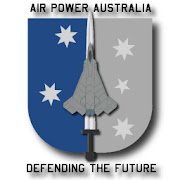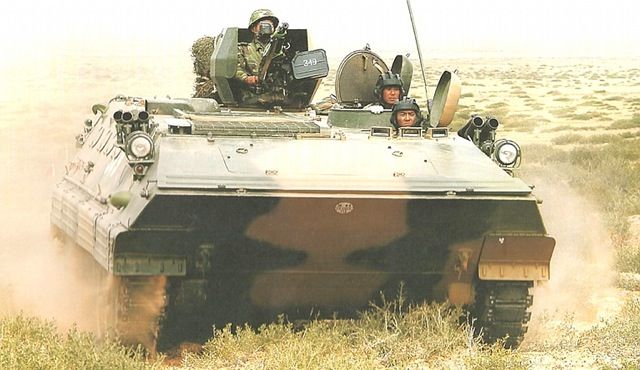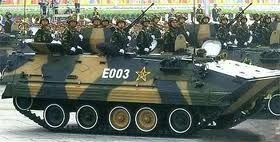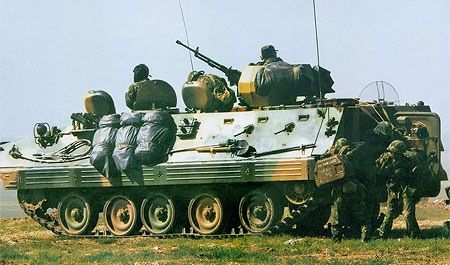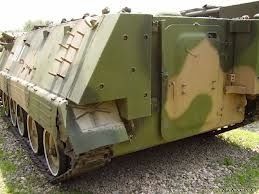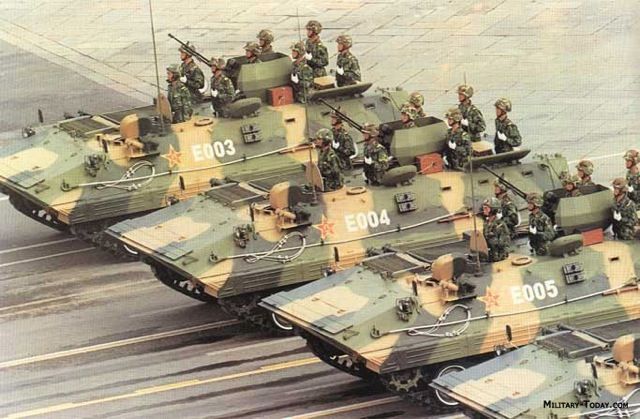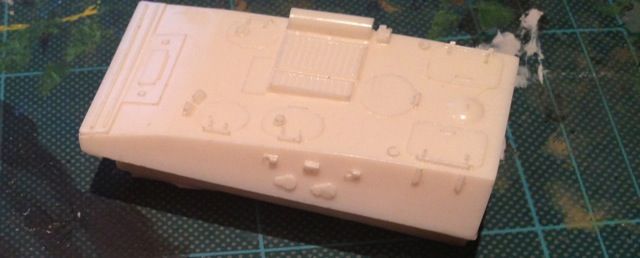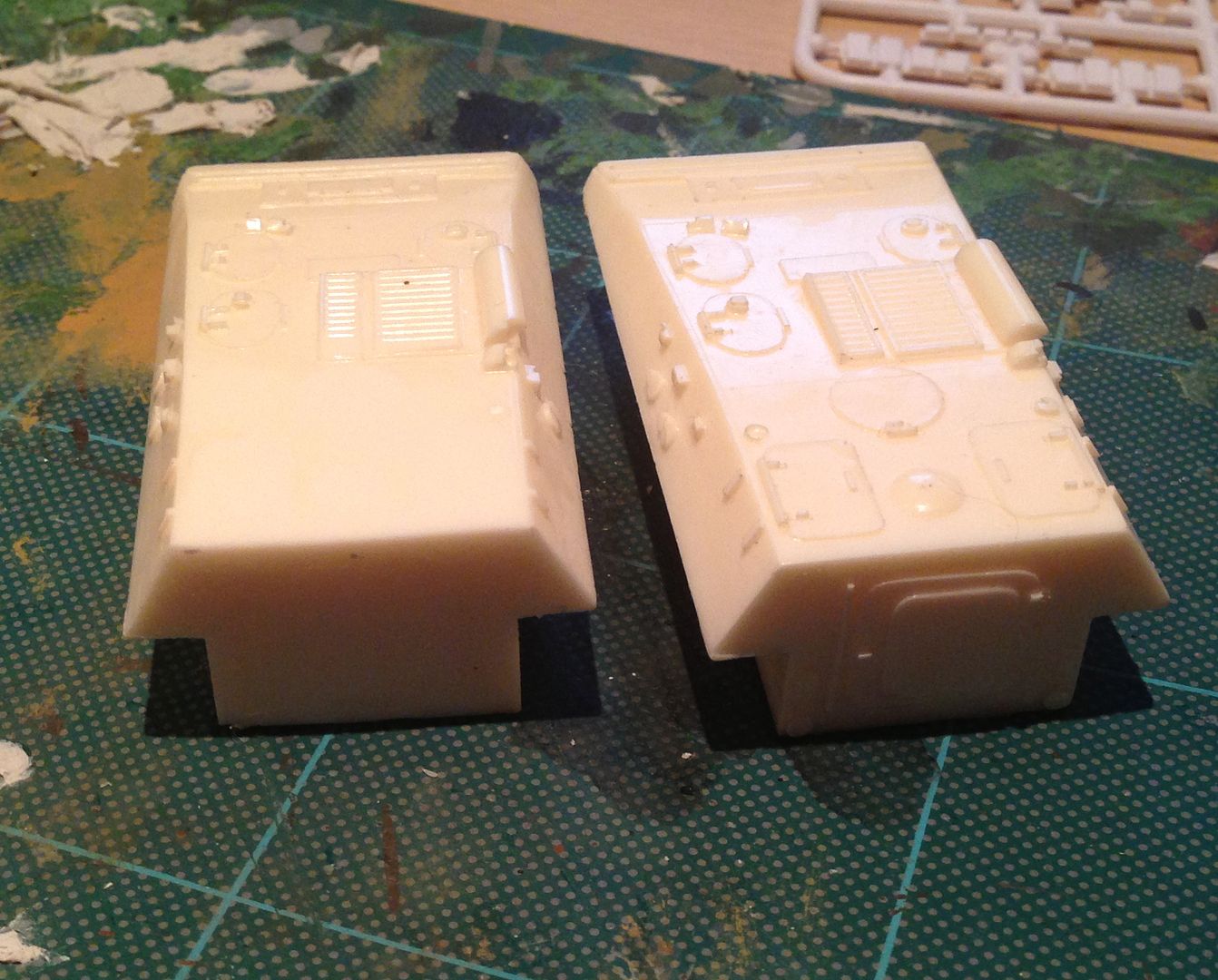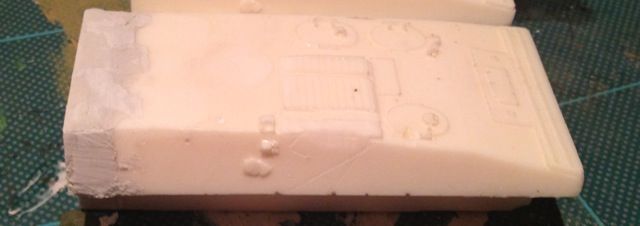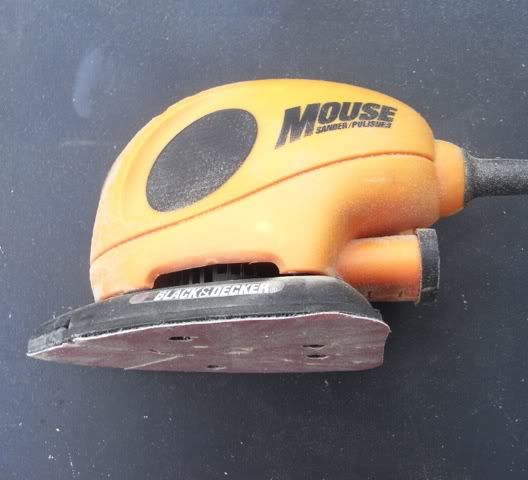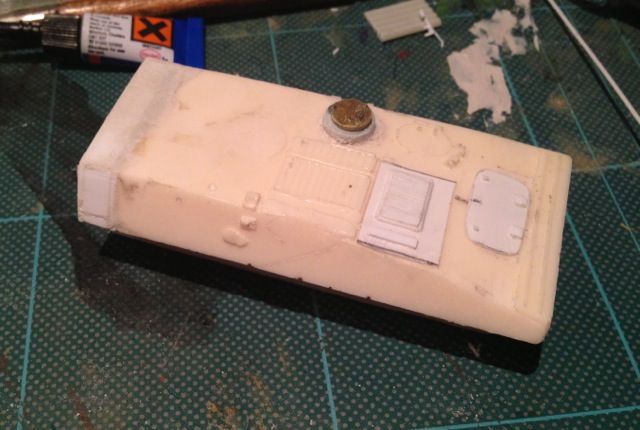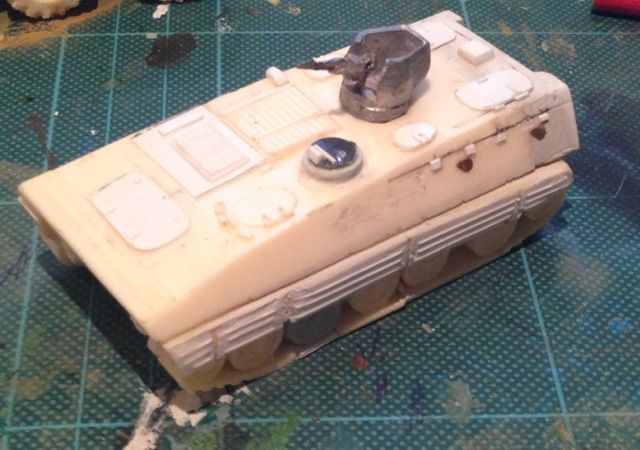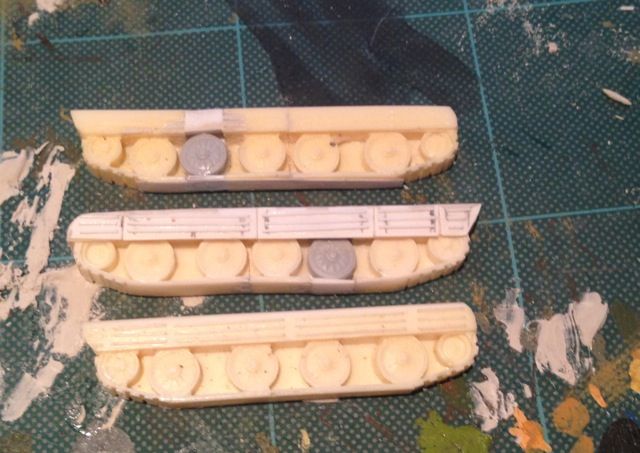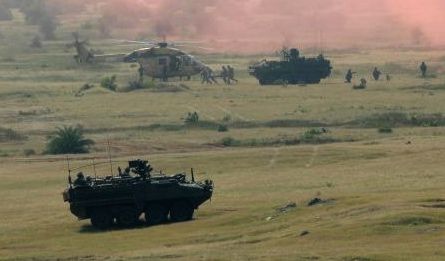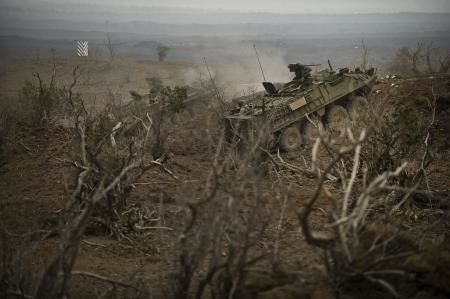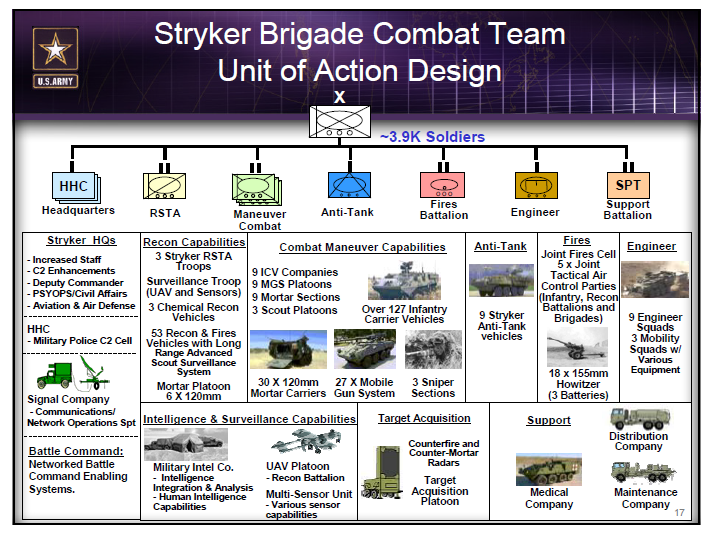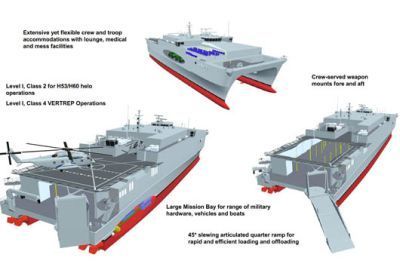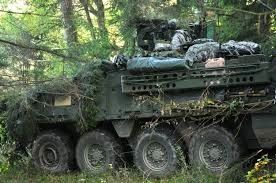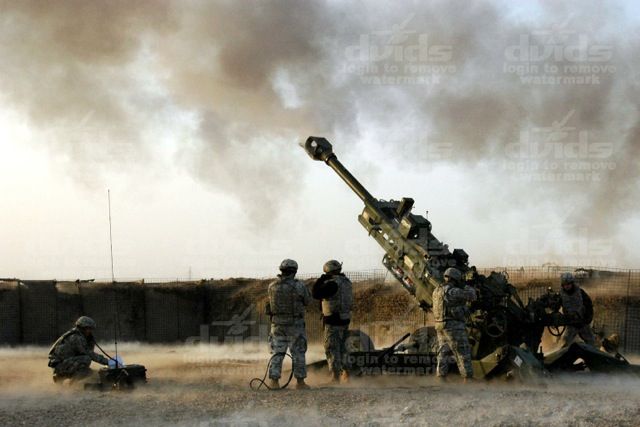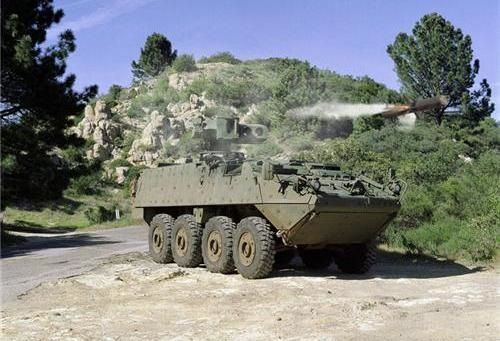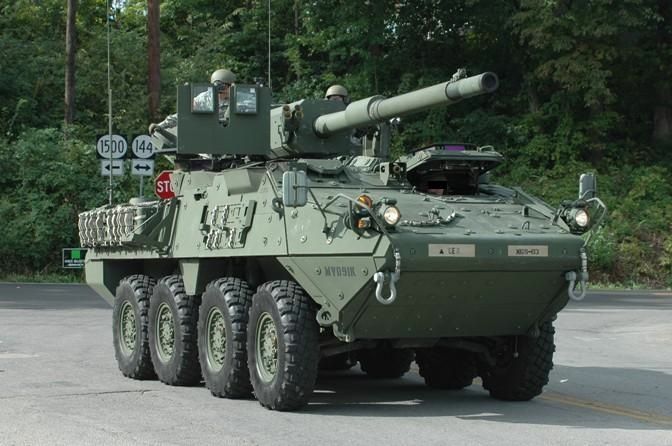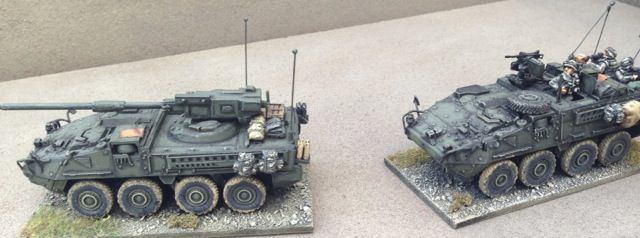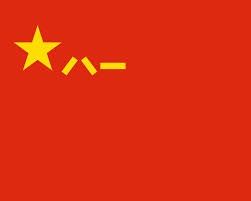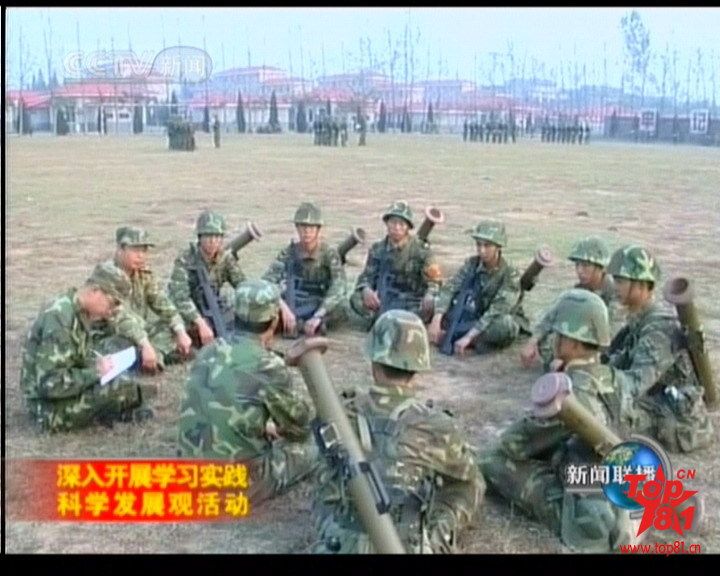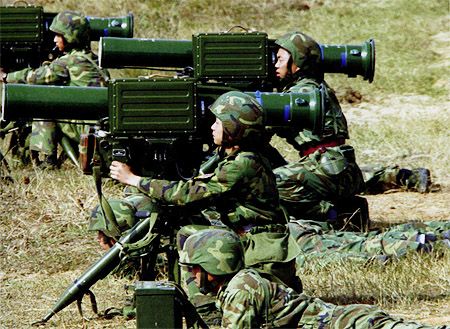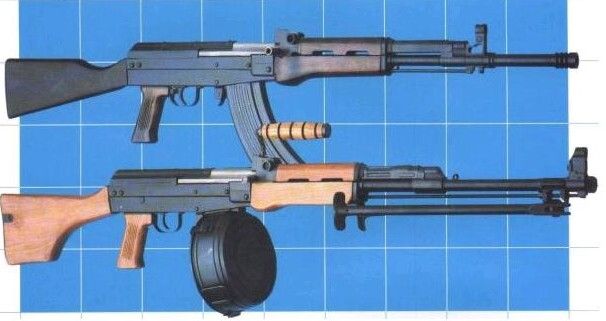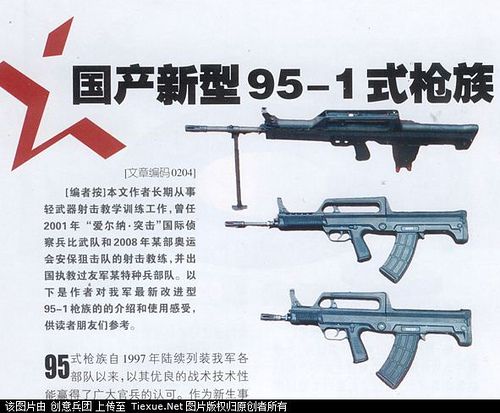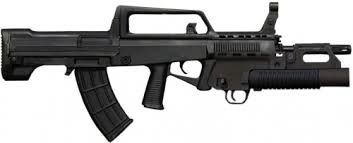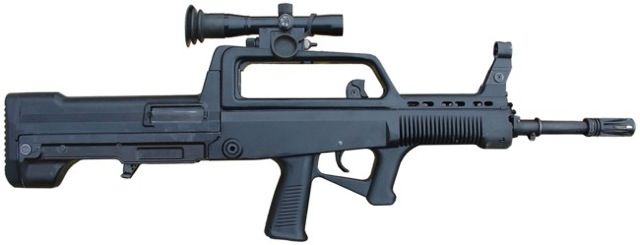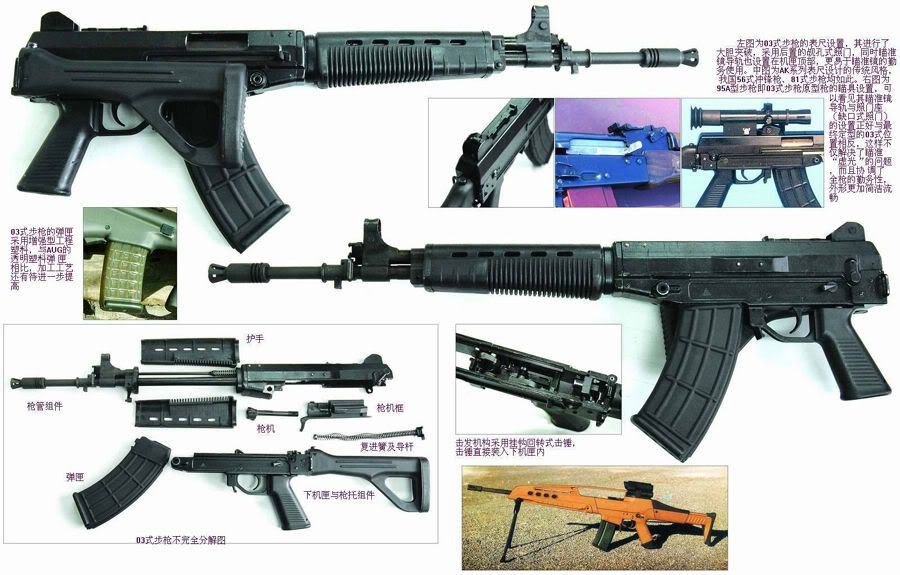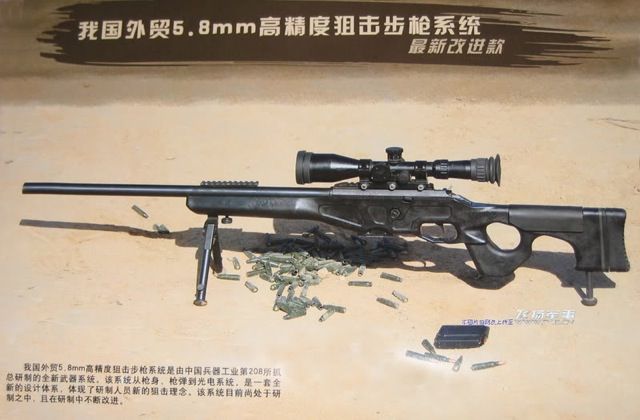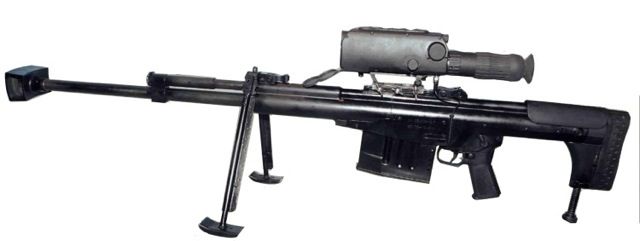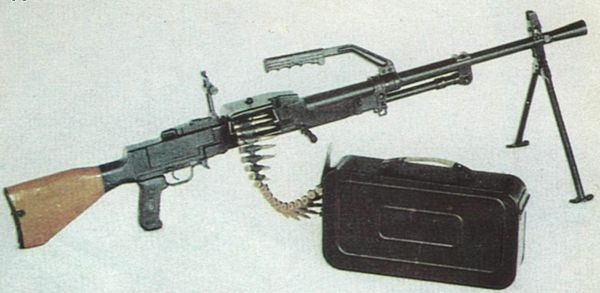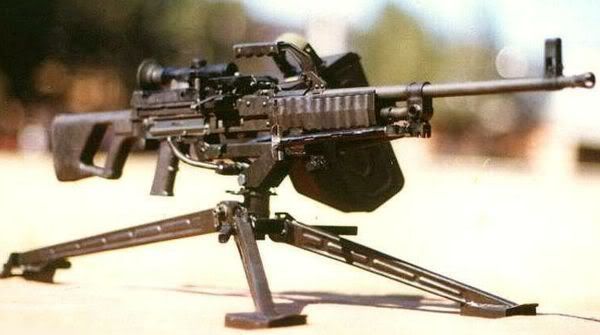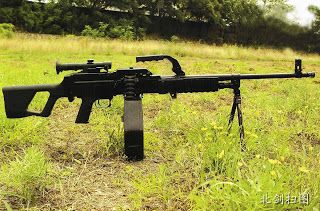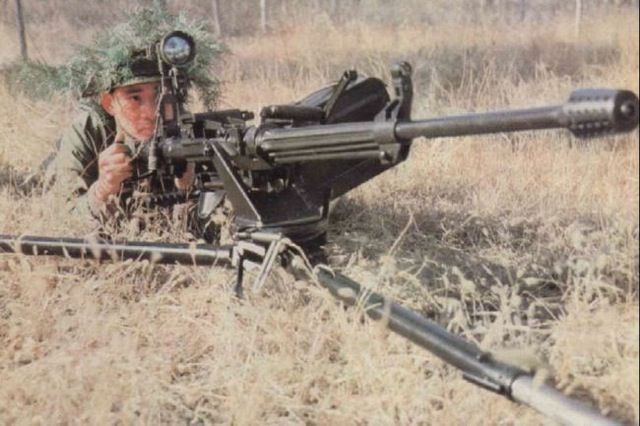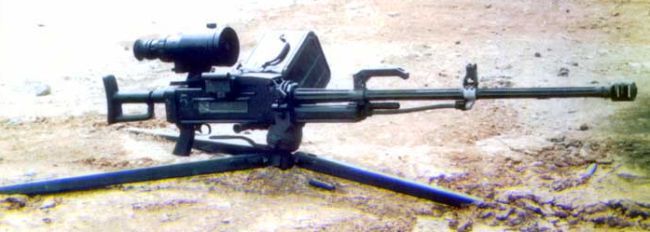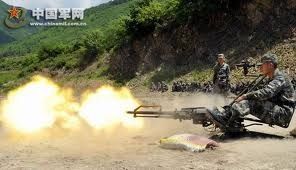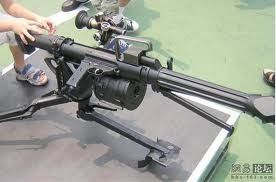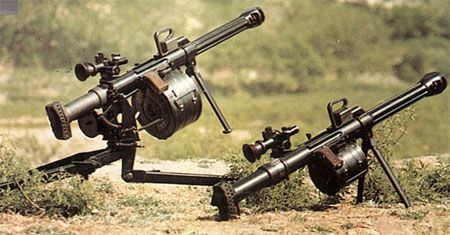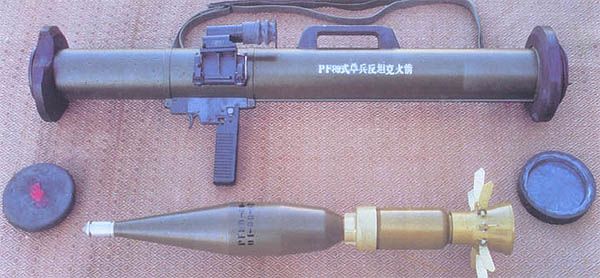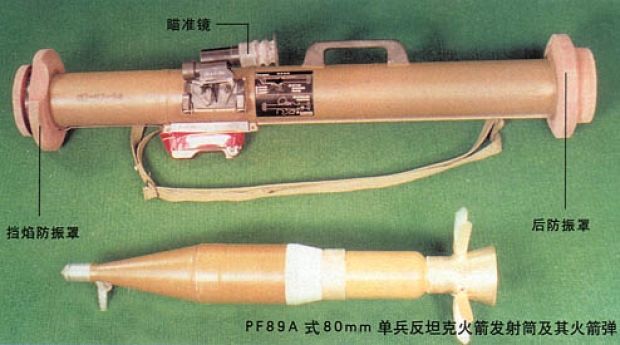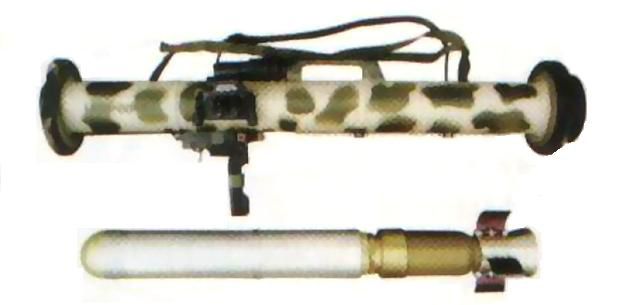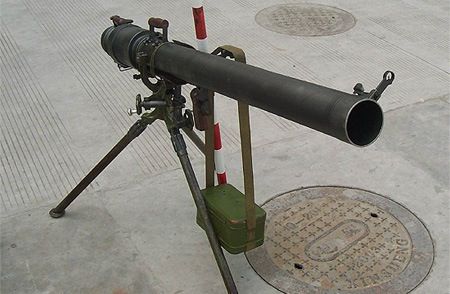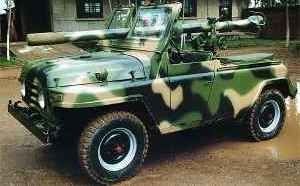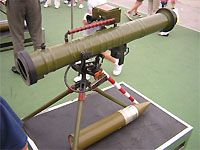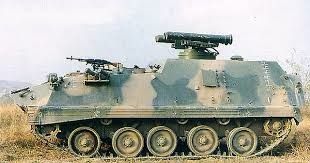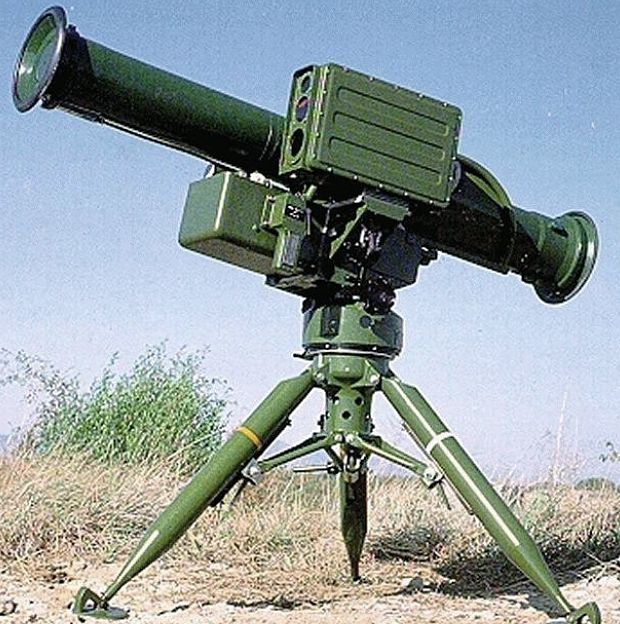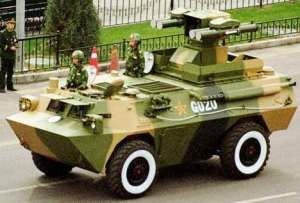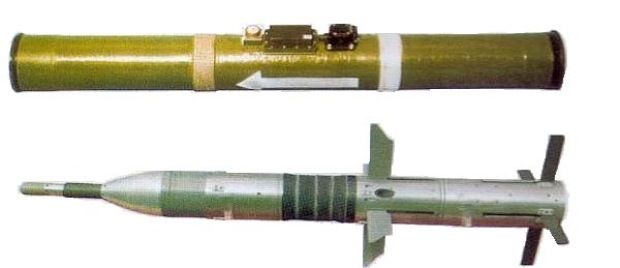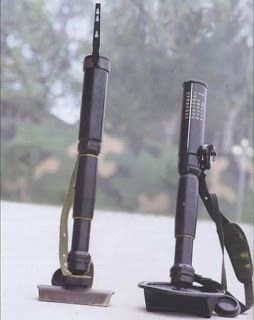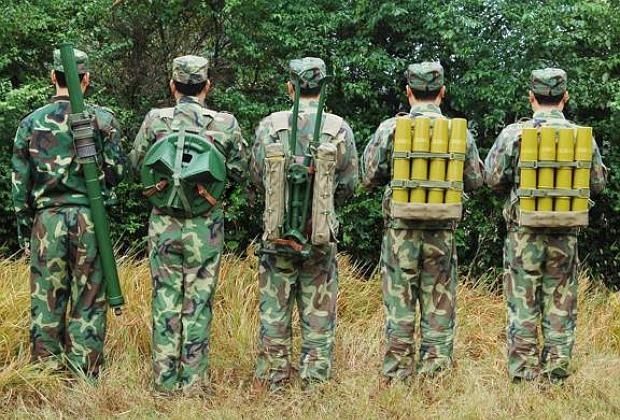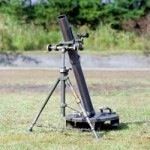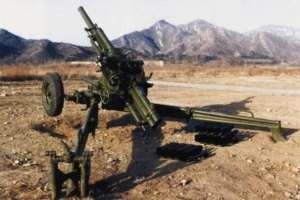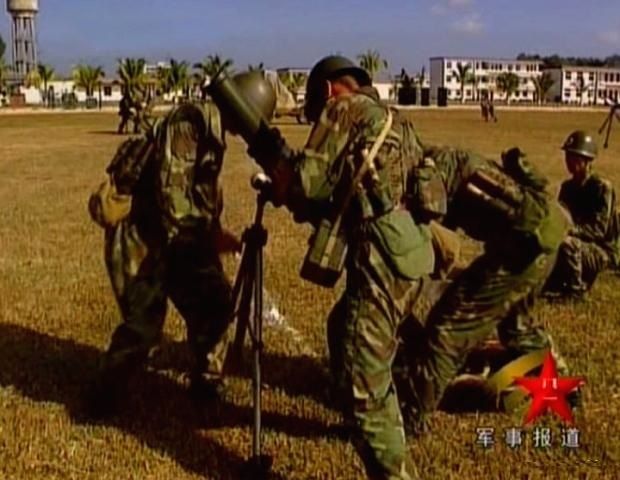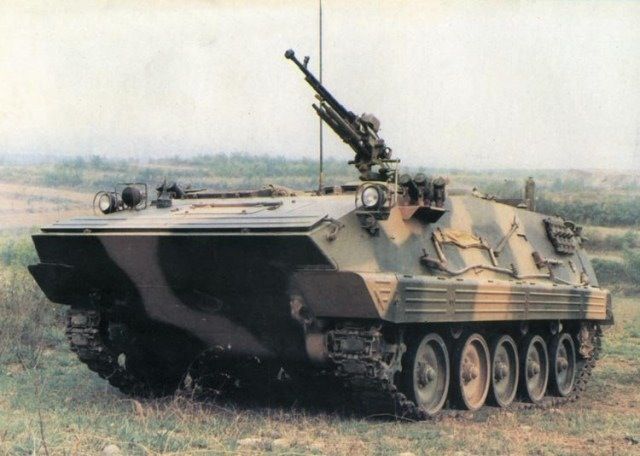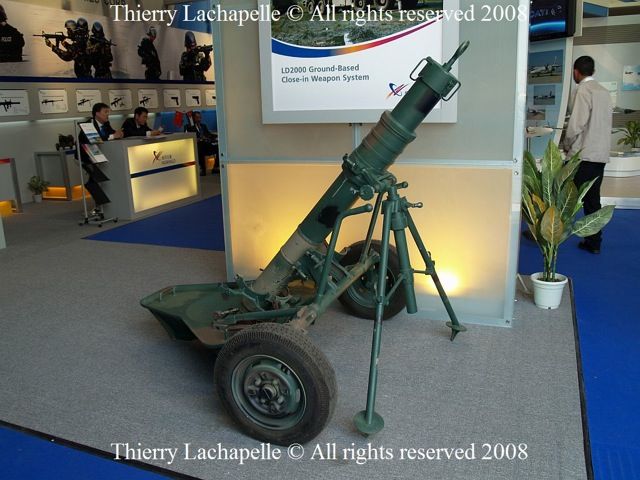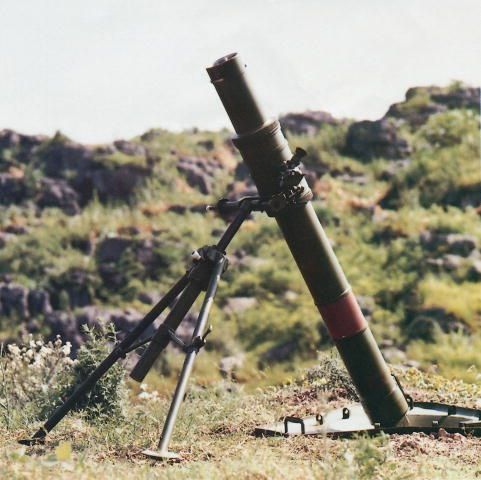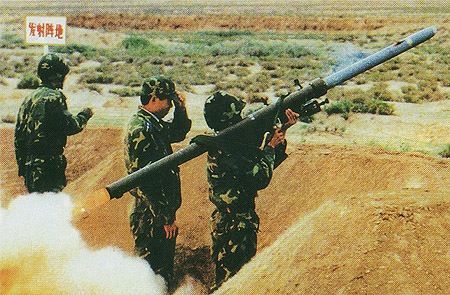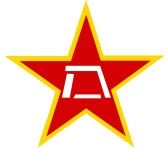Before examining the orbat of PLA infantry units it is probably worth running through the weapons they deploy. I needed to do this to get the whole thing straight in my mind. The scale of the PLA like the Soviet army defeats instantaneous introduction of new equipment. Whilst the Class A units generally have the latest uniforms and equipment the Class B and Class C units are generally working with older equipment. Within the Class A units there is a concept of a Rapid Deployment Force element, I am assuming this has more to do with training standards but inevitably it probably has an impact in the initial period of system deployment. Equaly there is variability between light and heavy forces.
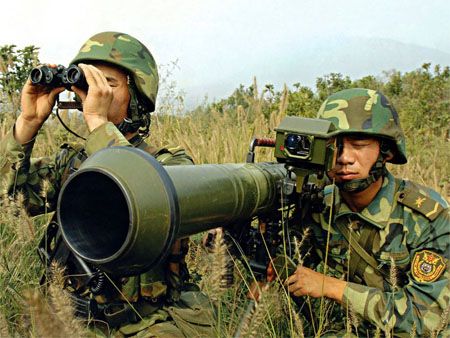
I have assumed that forces deployed in power projection will be Cass A and the Class B and C units are more likly to be used for home defence or less complex opperations such as power projection over land boundaries. Whilst there is a considerable amount of information on line, there is no one source that really covers the breadth of Infantry equipments across Small Arms, Anti Tank, Anti Aircraft, Mortars, Machine Guns and Grenade Launchers.
Inevitably the historic record of weapons the pace of recent development and the number of prototypes and export versions, together with factory, western and PLA designations creates a morass of confusion. I have tried to confine this post to things one might reasonably expect to encounter.
Of the references consulted Sino Defence is probably the best of the English language resources and Military Weapons of Japan's Neighbors is the best overal, with considerable detail on the weapons, their evolution and deployment, in addition the references used are quoted. Working with the google translation of the original Japanese is workable. World Guns is very good for the Machine Guns.
Rifles, Carbines and Light Support Weapons
Type 81 Chinese designed variant of the AKM incorporating features of the AKM, SKS and Dragurnov sniper rifle. Deployed in 3 principal variants, Rifle, SAW and folding stock rifle all chambered to 7.62mm. the principal difference between this and the type 56 is the short stroke recoil mechanism that improved accuracy. principal PLA, small arms system from 1980 - 1995, now only found in lower readiness units.
Type 95 Replacement for the Type 81 first observed in 1997. The weapon system is a Bulpup design of 5.8mm calibre. In addition to the basic rifle QBZ 95 a carbine is produced QBZ95B and light support weapon QBB95 are also produced. The rifle and carbine are capable of being fitted with a 35mm UGL. An export version chambered to 5.56mm is also produced.
Type 03. The QBZ 03 series of small arms is a 5.8mm assault rifle designed to replace the Type 81 in units where personnel do not need to acheive the levels of proficiency requiered to effectively handle the QBZ 95 weapons and where the expense of the QBZ 95 is not warrented. As such it provides a platform that allows the Militia and elements of the reserves to get on to a common calibre and munition type with the rest of the PLA.
Sniper Rifles
In my euphoria at completing the mortar section I failed to realise I had not covered Sniper rifles, I have yet to work out exactly what fits where orbat wise.
QBU-88. The QBU-88 is a sharp shooter weapon rather than a sniper rifle per se. The weapon can fire either the standard 5.8mm round or the extended 5.8mm x 42 round. The rifle is a semi-automatic gas operated weapon with an extended barrel and bipod. Whilst equipped with Iron sites it is routinely used with either optical or night sites,
FY-JS. The FY-JS 5.58mm bolt action sniper rifle is issued in relativly low numbers to units of the PAP and PLA. I am a little unclear as to weather this is in service or not although it would appear to fill a gap and is rated with a higher accuracy than the QBU-88.
QBU-10 The QBU 10 is the PLAs anti materiel Sniper Rifle, whilst performance of the weapon and the round falls short of western capability it remains effective in this role. According to Chinese literature it is effective to 1000m and is a gas operated semi automatic weapon of 12.7mm calibre. The sighting unit provides a x8 optical, Night sight and Laser Range finder capability.
Medium Machine Gun/SAW
Type 67. The QJY 67 is a 7.62mm belt fed GPMG, it is capable of operation in the light or sustained fire role. I assume this will be used in units where the Type 81 small arms systems are still deployed as the SAW.
Type 88. the QJY 88 is a 5.8mm Belt Fed gas operated GPMG capable of being deployed in the light or sustained fire roles, more commonly deployed InThe SAW role it is unpopular due to weight and relative stopping power although firing a heavier round than the QBZ 95 family of weapons. Effective range is reported as 800-1000m. it is also capable of being deployed on vehicles and has been seen on a remote weapons mount.
Heavy Machine Guns
Type 77. Gas operated air cooled 12.7mm belt fed machine gun is a Chinese design incorporating elements of the Soviet DshK, Operated from either a tripod or vehicle mount. Still in service with lower readiness units. Will probably phase out as Reserve, Militia and auxiliary units equip with the QBZ03, one source quotes it as being out of service.
Type 89. The QJZ89 is a 12.7mm belt fed heavy machine gun generally deployed triopod mounted in the ground role. The Tripod can be used to mount the gun in either the high or low positions. The QJZ89 is also used deployed on a vehicle mount. It is used for fire support at Company and Battalion level.
Type 02. The QJG 02 14.5mm Heavy Machine Is an indigenous Chinese design currently only available on a low mount AA ground configuration, It is replacing the Type 58 that was primarily used in Chinese service as an AAMG on single, twin and quad mounts.
Grenade Launchers
Type 87. The QLZ87 is the PLAs automatic grenade launcher, it can be used in either the light role from a bipod mount or the sustained fire role from a tripod mount. The weapon fires 35mm Grenades to a range of 600m (light role) and (1750m Sustained Fire role)
Light Anti Tank Weapons.
Type 69/70. 40mm RPG reloadable Light anti tank weapon, it together with the Type 70 62mm rocket provide the LAW capability to the PLA through to the 1990. It is functionally similar to the soviet RPG 7. Probably still deployed to lower readiness units.
Type 89. The PF89 fire Arrow, is the standard squad anti tank weapon. it is an 80mm one shot disposable light anti tank weapon introduced into the PLA in the 1990s. Effective range is reported as 200m maximum range 400m. It has the following variants:
- PF89A was an upgrade with a range of 180m -1000m optimised against defended positions/concrete and light armour, this is probably a HEAT MP round with the longer ranges being achievable against soft skin and infantry targets primarily as it is a bursting weapon with a 25m damage radius.
- PF 89-1 and 2 introduced in 2002/3 included a therma-barick war head with a range of 25m-850m.
Medium Anti Tank Weapons
Type 65/78 82mm Recoiless Rifle still used in lower readiness units as the company level Anti Tank System. In light units it can form both the company and Battalion level anti armour system. In service across the majority of infantry units until the 1990s
Type 75 100mm Recoiless Rifle usually deployed as a vehicle mounted system in a BJ212 jeep, it is variously reported as 105mm and 100mm, widely deployed, still in use with low readiness units as the Battalion level Anti Tank System. All the Recoilless Rifle systems have limited utility against modern armour but remain effective against light armour and Personel. Also used extensively with airborne forces
Type 98. The PF 98 120mm Rocket system is deployed with anti tank detachments at Company and Battalion level, it has largely replaced the Recoilless Rifles in higher readiness units.. It is used in two distinct configurations and has a variety of different warheads available.
- The system deployed at company level is a reload able launcher, hand controlled with a small forward bipod to assist controlling the weapon to fire the HEAT round to a maximum effective range of 400m.
- The battalion deployed system can be tripod mounted and includes computer assisted lay and a day night site. It can deploy the standard HEAT round against targets out to 800m and the Heat MP round out to 1800m. The weapon can also be mounted on the LYT 2021 combat buggy. The HEAT MP round is an anti Personel/structures/light round with optimised for fragmentation with a 25m burst effect radius.
Anti Tank Guided Weapons
Unusually the Chinese currently field multiple generations of ATGW across high readiness formations, with the older HJ-73 being deployed on IFV turrets and the HJ8 and HJ9 equipping AT units within formations. My current understanding is that the PF fire arrow systems are used at squad, company and Battalion level, whilst the Hong Jung Red Arrow systems are used at regimental level. it is currently not clear to me if guided missile systems are used in the Battalion AT platoons in mechanised units. Number of sources report ATGW platoons in battalions, though the evidence is contradictory.
HJ-73 the proverbial suitcase sagger can be deployed as a vehicle mounted system primarily off the Type 85 and 86 IFVs. Also used as a dismounted system. considerably extended lifecycle through the HJ 73B and C which have improved guidance systems reported as SACLOS, range is reported as 1,000m - 3,000m however warhead performance has not been addressed which limits performance against modern armour.
HJ-8. The HJ8 missile system has been significantly upgraded over its lifetime. It can be ground mounted or deployed from a range of platforms. Weight precludes it from being described as truly man portable. The missile is a 120mm, Semi Automatic Command to Line of Sight System, available as single or Tandom warheads allowing penetration of 800mm and 1000mm of RHA repectivly out to a maximum range for later versions of 4000m (initially 3000m). It has been identified as being deployed on:
- Type 85 APC
- Type 92/90 APC
- Z9, Z10 and SA342L Gazelle
- Ground Mounted
HJ-9. The HJ9 missile system is available only as a vehicle deployed system. Currently mounted on either the WZ550 or NJ2046 high mobility truck. The missile is a 152mm Tandom warhead design capable of penetrating 1200mm of RHA equivalent out to 5,000m, The guidance system is described as SACLOS with a laser rather than a wire providing the transmission medium. The sighting system includes TI. A number of sources have a ground mounted variant available which is described as being not easily re-deployable without a vehicle so somewhat like TOW.
Mortars
The chinese deploy quite a wide range of Light medium and heavy mortars, because of time I was pretty much going to pick one from each type in order to illustrate the capability.
mortars include a 60-mm. hand-held system used by infantry and special forces. This is most probably deployed at platoon level.
Type 93 60-mm. f mortar weighs fires 20 rounds/min. to 5.5 km. This is a light weight weapon and most likely found in Airborne and Light units. Depending on unit structure this is probably used at company level.
I suspect that the 81/82 such as the W91 and W87 81-mm. mortars that fire to 8 km. and 5.6 km, respectively these weapons probably equip company level support elements in mechanised and armoured units
81Auto/100/120 range of mortars are most likely found at Battalion level or potential regimental level for certain airborne and light units. The PLA's version of Russia’s Vasiliyek 81-mm. automatic mortar, called the W99 or SM-4, which comes in a towed version or mounted in a Hummer-like vehicle. It fires four rounds in 2 sec. out to 6.2 km.
The Type 89 100mm Morter is used as a heavy battalion level mortar in units where weight is an issue, airborne mountain, light etc. In mechanised units my understanding is that the 120mm mortar is more commonly deployed.
Mortar Carriers come from a variety of APCs here are the Type 89 which is used to mount 120mm and 82mm mortars and the Type 63. Whilst the ZSL 92 has mortar variants its not clear if these are export only versions.
The W86 120-mm. towed mortar weighs 206 kg. and fires 20 rounds/min. to 4.7 km.
AAGM
HY-6 The designation of the main manpad is very confused, variously reported as HY-6 or FN-6, the Pinyin name is Hong Ying 6 which has a level of consistency. This is a SAM-7 looky liky, its a digital IR seeker capable of engagement from all angles out to 6,000m or a maximum altitude of 3,500m. It is deployed within air-defence platoons at unit level. Searching for imagery of something that translates as Red Tassel should not be done in front of small children.
I think that pretty much rounds it up, this has been quite hard work but a fairly solid view of what goes where. If any one has any more information or photos particularly of things like Dismounted HJ9s I am always interested in improving the accuracy of whats written.
Updated:
09 March 2013 added Sniper Rifles and New 60mm Mortar images.
References:
China Defence Mash Up a good list no real information other than names and pictures, but it tells you what you are looking for.
Military Weapons of Japan's Neighbours, Chinese Army PF-98 Japanese site with some interesting detail not found elsewhere, working with the translations is difficult but worthwhile. This link references the Japanese language site.
PF 98 Sino Defence
Sino Defence Army good descriptions of most current crew served weapon systems, does not cover mortars, LAWS, GPMGS, incoming or outgoing systems.
Military Weapons of Japan's Neighbours Chinese Army
The Chinese Army Today, Tradition and Transformation for the 21st Centuary, DJ Blasko
Weapon Systems.Net
Related Posts:
Equipment - PLA Vehicles, Tanks
